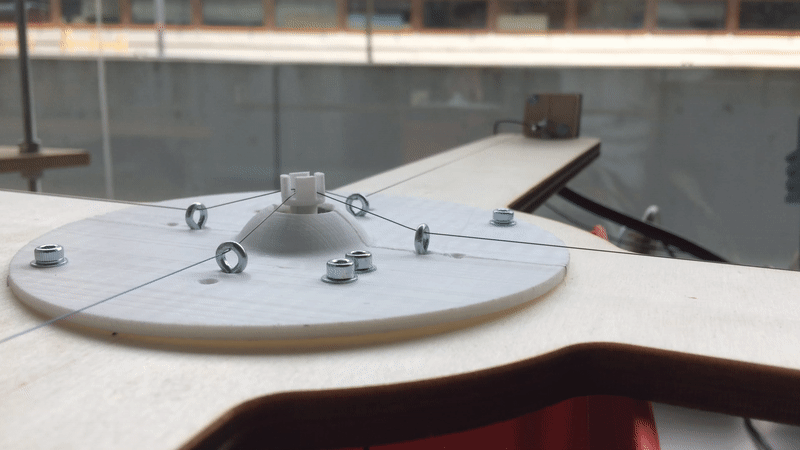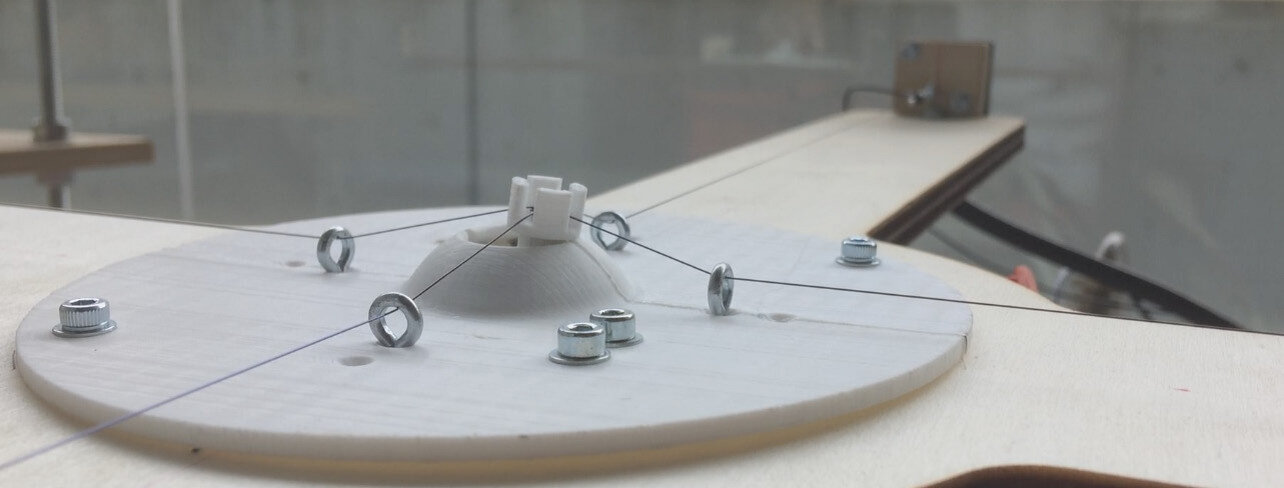Shape morphing application in autonomous cars
Reactive Environment Outlets (REOs) are movable outlets designed for autonomous cars which provide air, light and even sound to the user, specific to their location. REOs are actuated by shape memory muscle wires which possess the capability of contracting when heated. A simple and compact mechanism consisting of a spherical joint and muscle wires, enables the outlet to rotate in all directions.
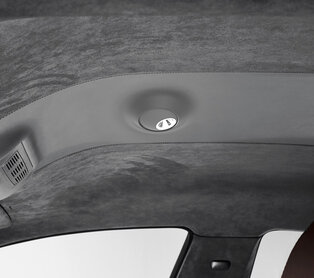
Fig.1: Light outlet in the roof of a car
REOs could play a crucial role in future autonomous cars by providing the required environment conditions as the passenger performs different activities and takes different seating positions (see Fig.2). The styling of the outlet is designed specifically for the Toyota Concept-i.
Fig2: Movies of reactive outlet directed at the passenger in different seating positions
Proposed design
It was decided to actuate the outlets by using shape memory wires which contract on heating, instead of the standard solution of using a series of electro motors. The shape memory wires are thin, lightweight and robust (manual operation of the outlet would compromise a setup with motors and gear wheels but has in principle no adverse effect on a setup with shape memory wires).
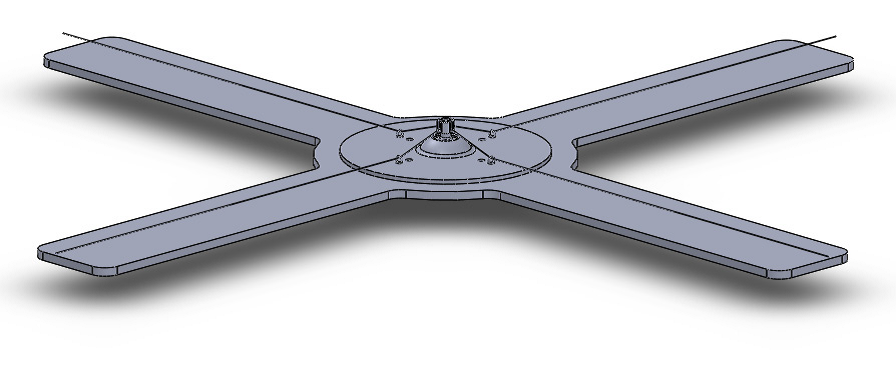
Fig.3: The setup consisting of 4 arms with SMA wires connected to the outlet (middle)

Kaspar Jansen
- +31 (0) 152786905
- k.m.b.jansen@tudelft.nl
-
Room B-3-170
Graduate Student
- Ninad Shitoot
Researchers
- Prof. K.M.B. Jansen (chair)
- Dr. Elmer van Grondelle (mentor)
- Dr. Sachin Kinge (company mentor)
In Cooperation with Toyota Motor Europe R&D
The setup consists of two perpendicular sets of opposing SMA wires, all connected to the outlet. By heating one of the wires (resistive heating, using about 6.5 V), it contracts, stretches the opposing wire and moves the outlet. The second couple of wires allow movement of the outlet in the perpendicular direction. Without precautions the outlet will move back to its original position when the heating is stopped. Therefore we gave the outlet just enough friction such that it still can move when the wires are activated but remains in place when the current is removed. In this way the device only consumes power during repositioning of the outlet.

Fig.4: Prototyping process
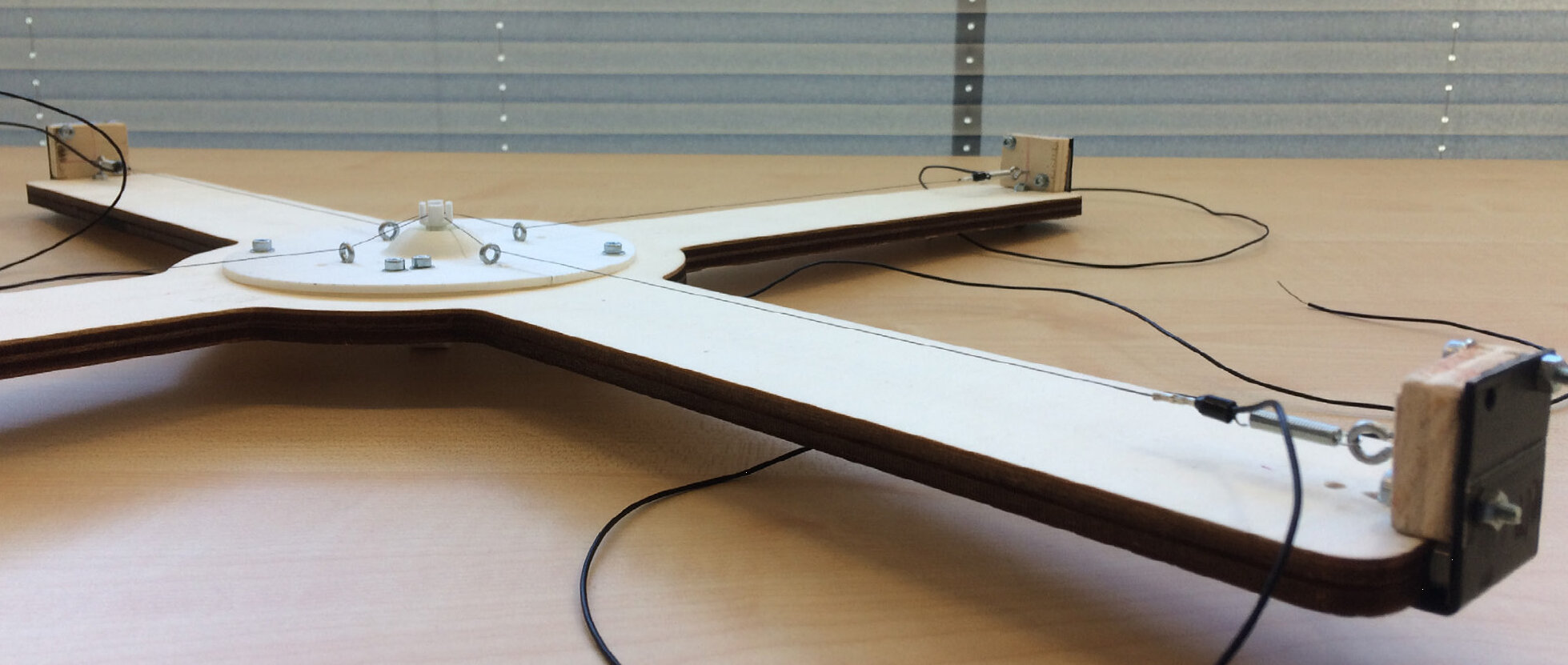
Fig.5: Part of demonstrator setup
